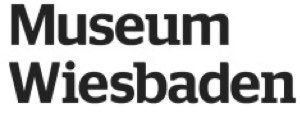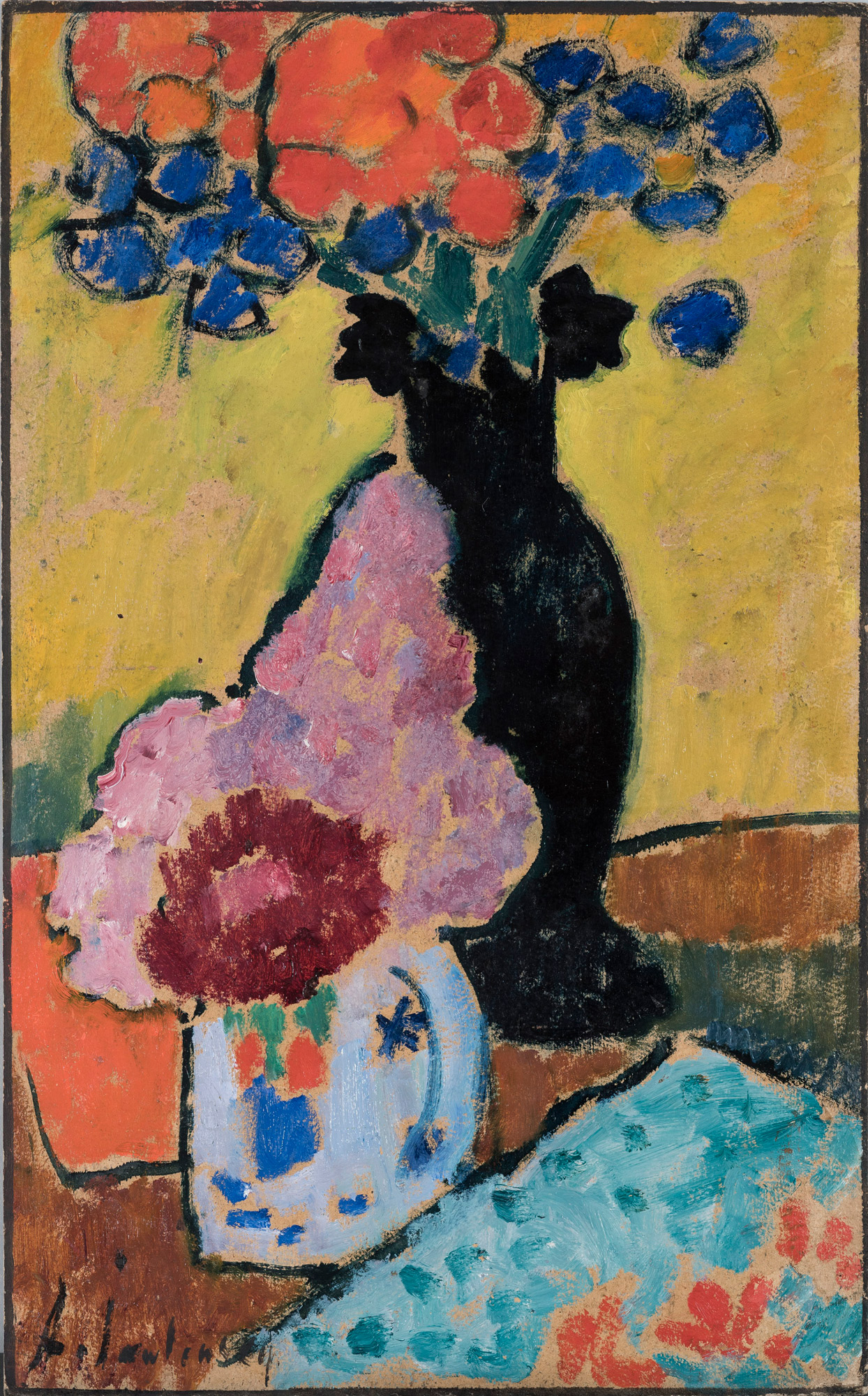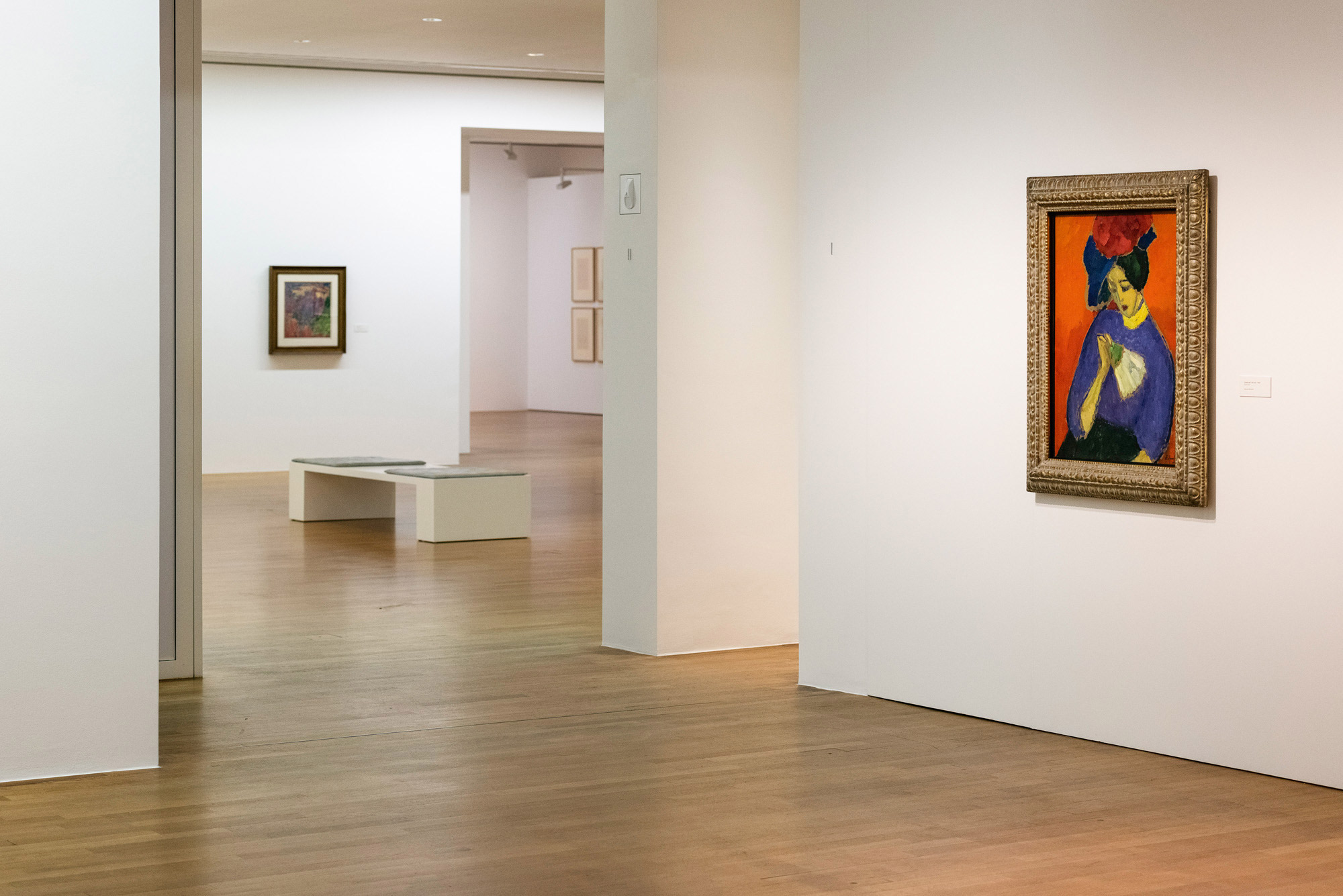As a central artist of early modernism, Alexei von Jawlensky (1864 Torzhok/ Russia – 1941 Wiesbaden) significantly expanded the possibilities of painting. Starting from an expressively colourful appropriation of the world, he developed the painting by reducing form and increasing the inner luminosity of colour to express an immaterial and spiritual truth. Despite the great individuality of his path, he has given important impulses to painting up to the present day in terms of the significance of colour, the serial and the spiritual.
In 1971 the Kunstmuseum Bonn last showed Jawlensky’s work in a solo exhibition. Fifty years later, the Kunstmuseum is once again devoting itself to Jawlensky’s art, following in an exemplary selection of around 70 paintings and drawings the development of the three major themes of face, landscape and still life, on which Jawlensky concentrated. The exhibition leads from early portraits and still lifes, created in Munich since 1901, to intensely colourful paintings in which Jawlensky determined his own position. After emigrating to Switzerland in 1914, Jawlensky began with the series Variations, followed from 1917 by the Mystical Heads, the Abstract Heads and the small-format Meditations, on which the artist worked until 1937.














